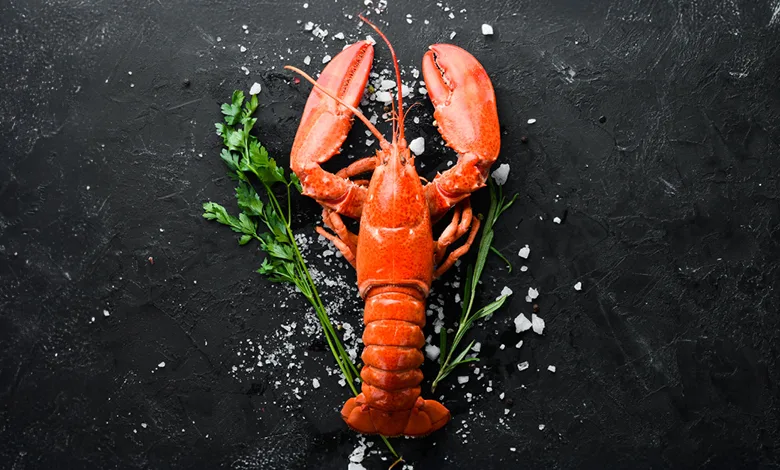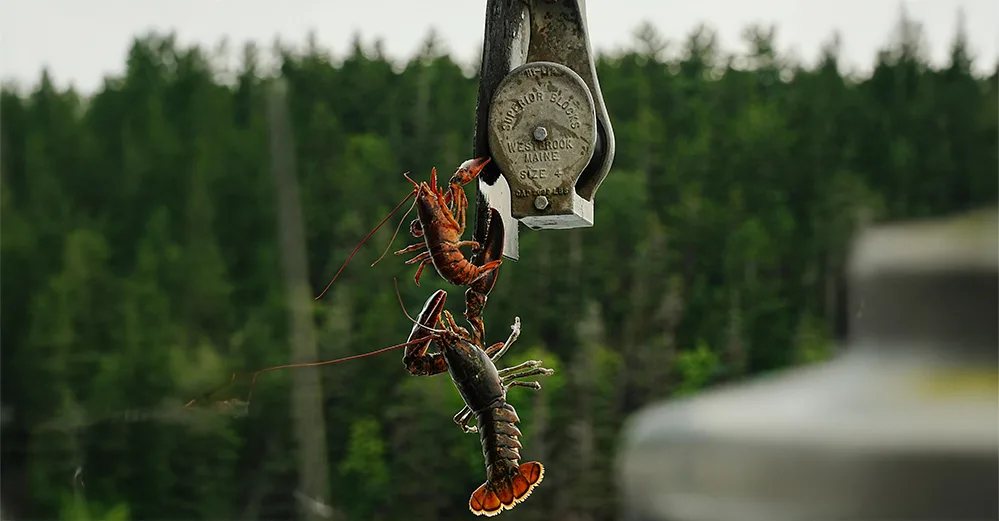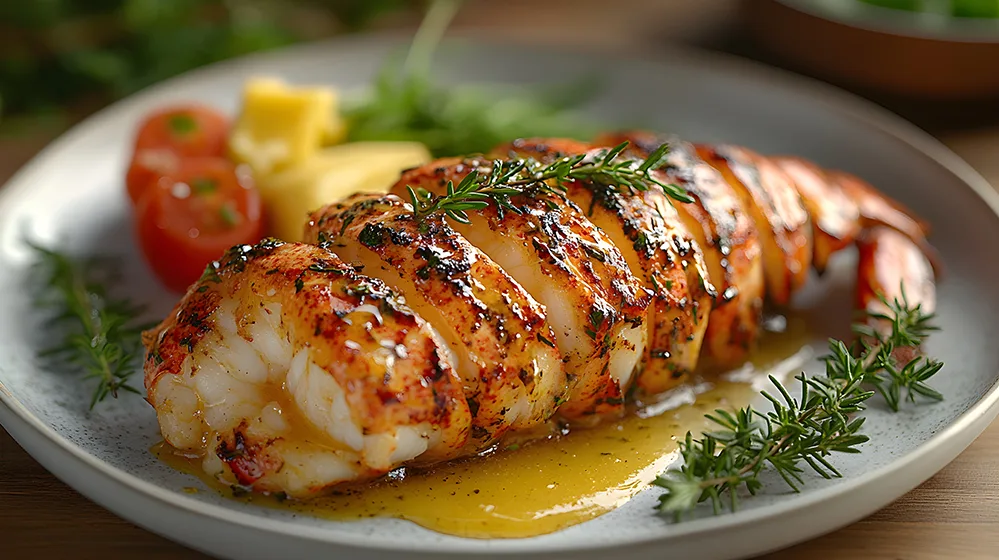
You may have heard the fun fact that lobster used to be a “poor man’s food,” but what’s the story behind this crustacean’s rise to culinary fame?
Lobster is synonymous with indulgence now, but that wasn’t always the case. This crustacean’s story is one of shifting perceptions shaped by abundance, accessibility, and changing tastes. If you’ve ever wondered why lobster is considered a luxury food today, the answer lies in its fascinating transformation.
Humble beginnings: Lobster as food for the poor
Once upon a time, lobster wasn’t a symbol of wealth. It was so plentiful along the American Northeast coastline that it became a cheap source of protein. Colonists and early settlers often used lobsters to feed prisoners and even livestock. For a long time, it was considered a mark of poverty—hardly the fare of the upper class.
Railroads, recipes, and a rising reputation
That all began to change in the 19th century. As canning, refrigeration, and transportation improved, lobster became more portable and widely distributed. Then came the railroads. Trains connected inland areas to coastal regions, introducing fresh seafood to places where lobster had once been unknown. For many travelers, lobster became an exotic culinary novelty—something exciting and unfamiliar. The perception began to shift.
As demand rose, so did creativity in the kitchen. Chefs refined their techniques, developing elegant recipes that elevated lobster from a working-class protein to a culinary highlight in fine dining. Paired with limited supply and growing curiosity, lobster began its climb to gourmet status.

Geography, harvesting, and the prestige of Maine lobster
Even today, access to lobster varies by region. Those living near the coast may enjoy eating it as part of their local food system, while inland diners face higher prices due to transportation costs—reinforcing its elite status.
Varied harvesting methods also influence availability, particularly for less common types. For instance, bully netting allows professionals to catch more spiny lobsters, while free divers can hand-nab slipper lobsters in some regions. These techniques help increase availability but haven’t changed the mystique surrounding the prized Maine lobster, which continues to command premium prices.
Despite the rise of spiny and slipper lobsters, it’s the Maine lobster—with its cold-water sweetness and Northeast pedigree—that continues to signal celebration and status.
Scarcity, status, and the power of perception
Luxury is often defined by scarcity—and lobster is no exception. Stricter fishing regulations and declining natural stocks have made lobster harder to find. This scarcity, combined with continued demand, keeps its price high and its luxury status intact.
Today, chefs highlight lobster’s premium quality in elegant dishes, showcasing it as a culinary centerpiece. What was once a simple coastal catch has become a symbol of refined taste and culinary sophistication.

From poor man’s meal to prestige dish
Lobster’s evolution from regional staple to global status symbol reminds us how context shapes what we consider luxurious. Changes in supply, innovation, geography, and culinary creativity have all played a role in lobster’s rise.
So, next time you crack into a lobster, you’re enjoying more than just a meal. You’re partaking in a delicacy with centuries of history behind it. And that’s food for thought!






